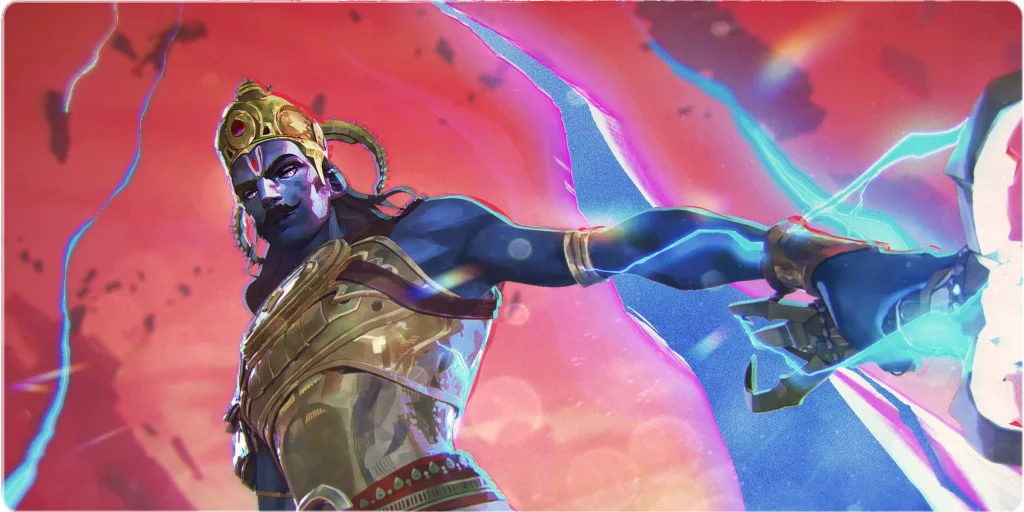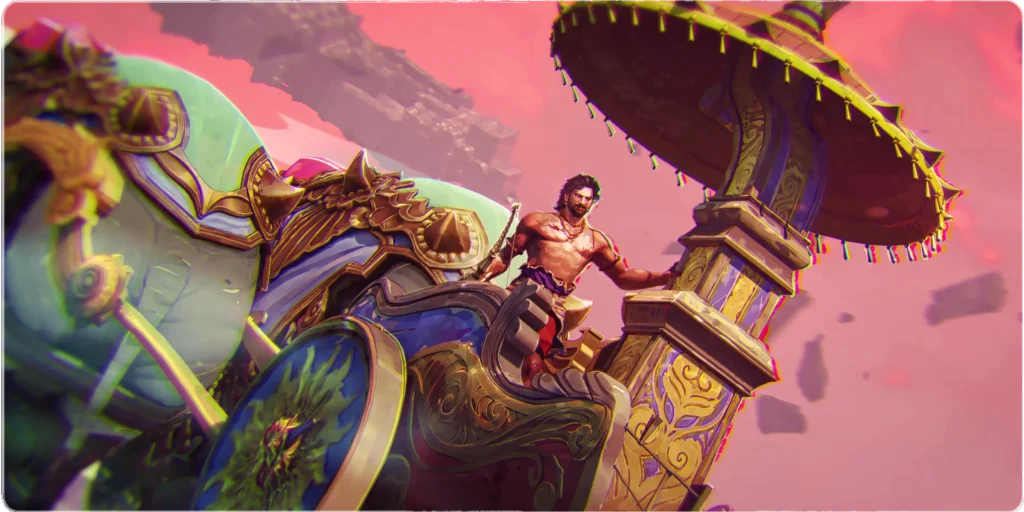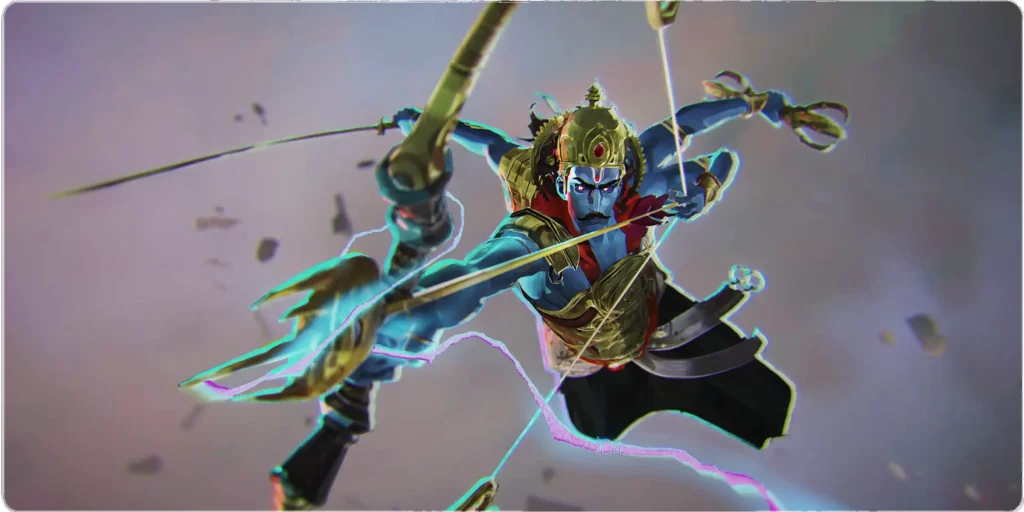Why Baahubali: The Eternal War Will Push Indian
Animation to the Next Level

Introduction
Arka Media Works’ announcement of Baahubali: The Eternal War (Part One) was more than an animated sequel. It signaled Indian animation’s readiness to compete on an equal footing with international studios.
Director Ishan Shukla and producer Shobu Yarlagadda’s project boasts an estimated budget of Rs120 crore; its reported expenditure alone signaling its confidence. What drew fans and industry observers alike was not simply its cost but the commitment behind its production. A teaser released alongside Baahubali. The Epic Reissue helped remind audiences of Baahubali’s visual scale while simultaneously reigniting interest in Indian myth on screen.
Arka Media Works’ Baahubali: The Eternal War does more than continue an epic tale; it sets an unprecedented standard of excellence for Indian animation.

Closing the Gap : Technology Meets Vision
Money does not make art, but it enables it. The true story here is how that ₹120 crore is being put to work. The film’s production pipeline is built around global-grade tools: advanced 3D modeling, motion capture, dynamic crowd simulations, and cinematic lighting.
India has already proven its VFX strength through Baahubali’s live-action films. Now, Baahubali: The Eternal War channels that expertise into full animation, frame by frame. Each texture, light beam, and battle sequence becomes a test of technical precision.
This isn’t imitation, it’s evolution. As Indian studios adopt world-class workflows, they learn faster. Every improvement in pipeline or rendering today becomes the foundation for tomorrow’s breakthroughs. And that’s how an industry grows, not by one success, but by learning from each frame.

Building More Than a Movie : Building an Industry
When an animated feature scales up to ₹120 crore, it does more than entertain. It creates jobs, skills, and infrastructure. A film like Baahubali: The Eternal War demands senior animators, look development artists, lighting specialists, and pipeline engineers. That demand lifts the entire ecosystem.
Studios that support such projects must expand render capacity, train new artists, and improve their management systems. Over time, this momentum converts freelance teams into stable, long-term studios. Those studios, in turn, start developing their own intellectual properties.
The cycle is simple yet powerful: one ambitious film triggers permanent industrial growth. Baahubali: The Eternal War could become that catalyst, turning India’s animation service market into a hub for original content.

Storytelling at Scale : Authenticity with Global Appeal
Baahubali’s appeal lies in its roots. Being Indian at heart while remaining cinematic in expression creates the opportunity to tell deeply Indian tales with universal appeal through animation.
Baahubali: The Eternal War blends mythic grandeur with emotional depth through animation to depict scenes that live-action films cannot. This balance between cultural authenticity and technical sophistication defines modern storytelling.
Audiences today crave sincerity in storytelling; stories that capture identity while meeting global production standards. This film promises both and has already drawn comparisons to global studios such as DreamWorks and Pixar, not because it mimics them but because its message stands up alongside them confidently.
Baahubali: The Eternal War will prove that Indian creators can tell epic tales with style. It will demonstrate their ability to tell complex, grandiose narratives without losing voice or scale.

Beyond the Screen : The Business of Story Worlds
n the global entertainment economy, stories are ecosystems. One film becomes a gateway to many products: games, merchandise, streaming series, even educational experiences. Baahubali: The Eternal War fits this transmedia model perfectly.
The Baahubali brand has already shown its reach through books, VR experiences, and animated shows. This new chapter strengthens that IP. A well-received animated feature could draw global distributors and investors to India’s creative sector.
More importantly, it shifts the business focus. Indian studios, long dependent on outsourcing work for foreign clients, can now build original franchises. That means higher profits, stronger creative control, and cultural exports that carry India’s voice to global screens.
The economics are simple: when storytelling meets ownership, industries mature.

The Real Test : Challenges That Still Remain
Every major step brings opposition. High budgets demand perfect coordination from creative, technical and managerial staff alike to meet international benchmarks not just visually but also for pace, dubbing and global distribution of Baahubali: The Eternal War.
Audiences will naturally compare an animated adaptation with live action versions and expect it to deliver similar emotional depth and grandeur – this can be tricky in animation!
Sustainability remains a paramount challenge: A single hit cannot create an industry without studios reinvesting their successes into training, research and infrastructure projects. If India wishes for lasting change, Baahubali: The Eternal War must inspire more creators to take similar risks.
These challenges may seem formidable, yet they present opportunities tests which determine if Indian animation has what it takes to compete on an international platform.

Conclusion
Baahubali: The Eternal War represents more than just another film; it marks a turning point in Indian animation’s evolution and holds out hope that India’s creative industries can move past serving service contracts toward leaving legacies for generations to come.
If this project meets its promise, it could transform how investors, audiences and students perceive animation industry. Indian stories might then not only remain local treasures but be exported worldwide as global exports.
India has long provided talent to other creators; now the world may see India lead with their own creations. That is why Baahubali: The Eternal War marks more than simply another continuation: it marks an unmistakably powerful statement about Indian animation’s readiness to compete on an international platform.

THE BIGEST QUESTION NOW IS !!!
The biggest question now is “Why lord Indra is trying to kill Bahubali in his afterlife?”, to know the answer we all have to wait till the film release in theaters, 2027.

